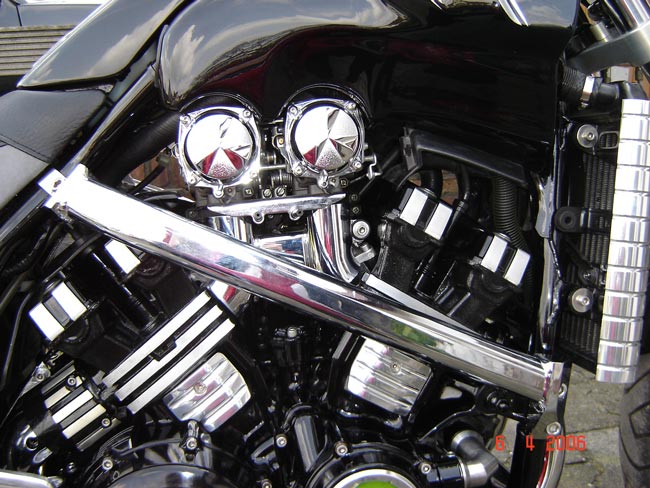Lotsokids
Well-Known Member
I've seen these many times, but never read much about their purpose. I *personally* think they are very ugly and detract from the appearance of the engine. The only thing I've read is it supports the frame head under hard braking.
My bike still has the high-speed wobble, (read about it here) and looking at maybe purchasing some Progressive fork springs. I didn't know if this frame support is associated with the wobble.

My bike still has the high-speed wobble, (read about it here) and looking at maybe purchasing some Progressive fork springs. I didn't know if this frame support is associated with the wobble.



































![Bovemanx Motorcycle Phone Mount Holder, [150mph Wind Anti-Shake][7.2inch Big Phone Friendly] Bike Phone Holder, Motorcycle Handlebar Cell Phone Clamp, Compatible with iPhone 16 Pro Max Smartphones](https://m.media-amazon.com/images/I/51F+1sontPL._SL500_.jpg)











